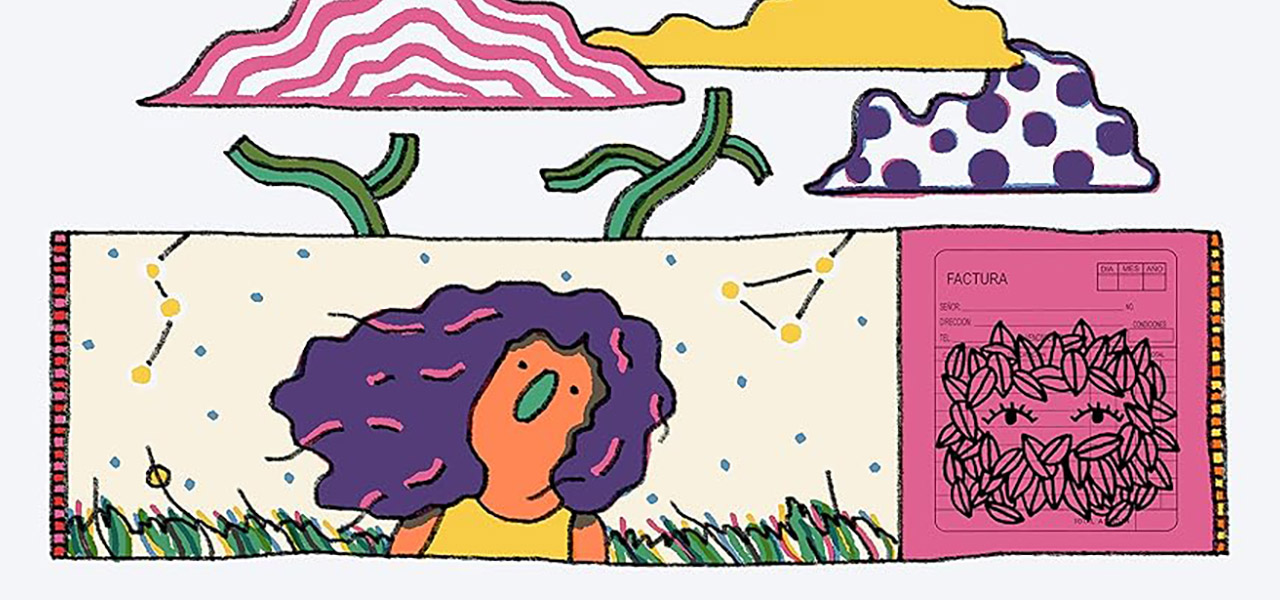

‘Olivia & The Clouds,’ A Wildly Creative Feature From The Dominican Republic Made For Under $1 Million
The Dominican Republic is not a country with a storied history in animation. The industry in the country is still finding its feet, having only ever produced three animated features. One would think that these films would be safe, broad proof of concepts, which is true for two of them.
The third, however, is Olivia & the Clouds (Olivia & Las Nubes), a bizarre, surreal trip through a group of characters’ fragmented memories and emotions that refuses to be stuck in one scene, tone, or art style for too long. Core to the movie’s magic is its ability to smoothly whisk the viewer from one scene to another, and we witness Olivia at different points in her life, including falling in love with an odd man named Ramón and her relationship with her closed-off son (and his troubled partnership with his girlfriend Barbara).
The film, distributed by Miyu, will screen this month in competition at both the Guadalajara Int’l Film Festival and Annecy. It has already racked up a string of festival wins including multiple wins at the Málaga Film Festival, the junior jury award at Locarno Film Festival, and other wins and mentions at the San Diego Latino Film Festival, Stuttgart Festival of Animated Film, Filmfest Bremen, and elsewhere. Watch the trailer below:
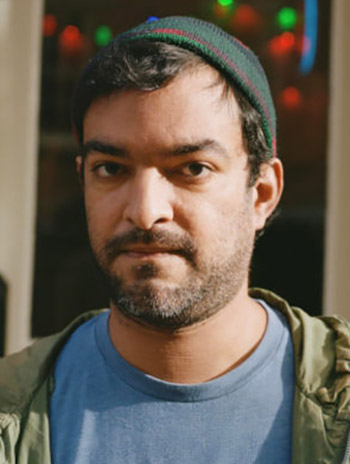
Director Tomás Pichardo Espaillat has spent the last 10 years piecing Olivia & the Clouds together while receiving minimal funding here and there with the film’s budget coming in under one million dollars. To get to this point was a long journey, which started out with Tim Burton’s Beetlejuice. “It somehow clicked in my head that people made this,” Espaillat told Cartoon Brew. “I became enamored with the idea of making [live-action] film, but I was very shy so the idea of getting actors was out of the question and I didn’t have a camera. I ended up playing around with Macromedia Flash making ideas for what were going to be live-action films. But in the process of doing more of those animations, I eventually realized, ‘Oh, I’m an animator.’”
Espaillat’s love for live action as well as animation bears fruit in his film, where live action, 2d animation, stop-motion, and cut-out animation all coexist, requiring the filmmaker to be intimately familiar with each one. “In my country when I started out in animation, there were two or three people who were also playing around with software and so there were no animation schools,” he explained. “I eventually started getting freelance work which I used for education. If I wanted to play with cut-out animation, I’d use the freelance gig to learn it.”
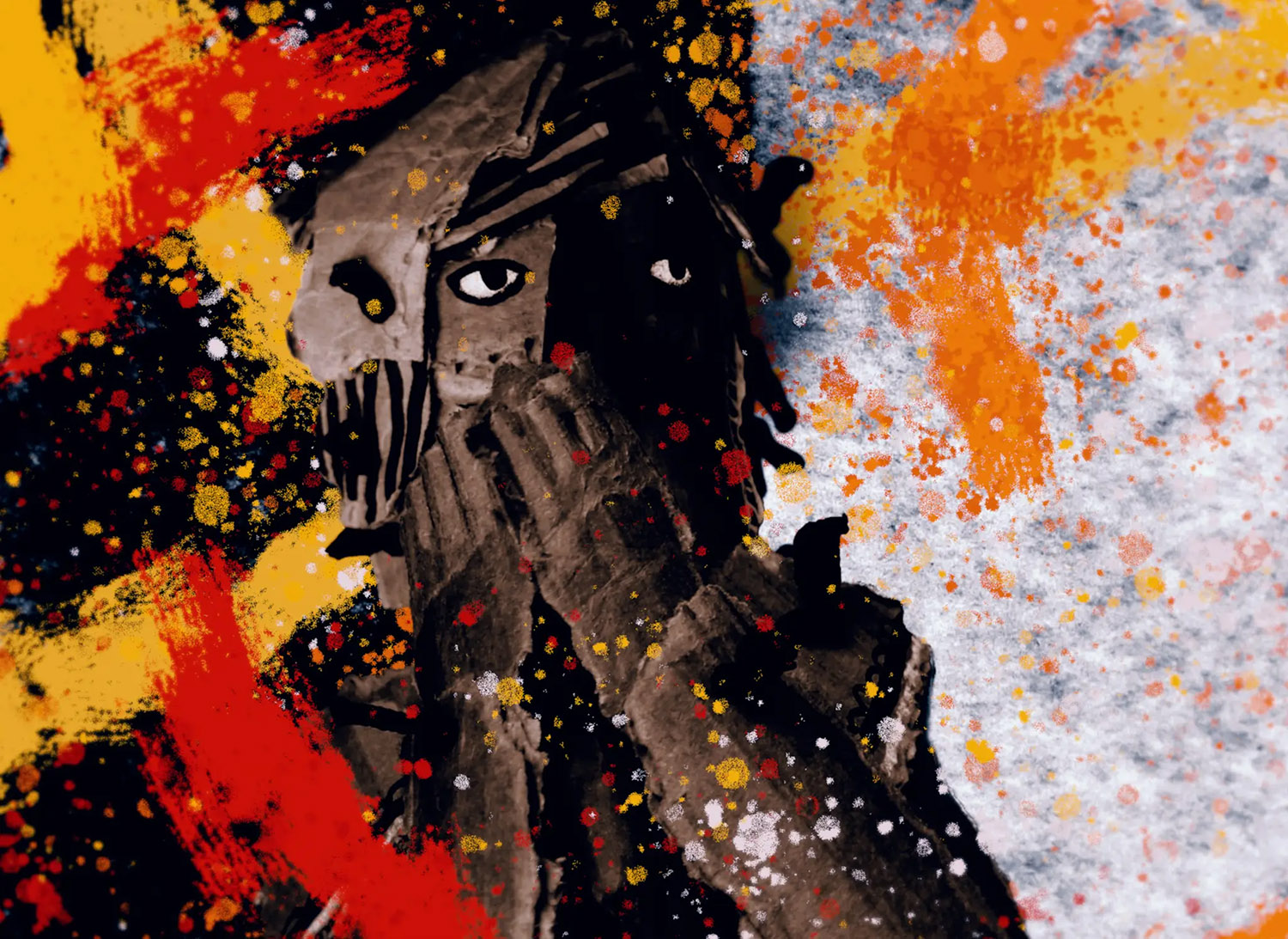
The shifting modes of cinematic styles plays into Olivia & the Clouds’ surrealist nature, a type of storytelling core to Espaillat’s work: “It’s a medium that allows me to tell more than just a simple story, but one that expresses feelings. It’s the way I see the world, the way I react to it. For example, there’s a sequence in the movie where you see Ramón’s job and he’s just playing with light bulbs. That comes directly from my childhood. My parents used to work in an electric company and I never understood what they were doing. I just thought that they were playing with light bulbs.”
Having made short films for a number of years, Espaillat realized around 2011 that many of the feature ideas he was jotting down were linked and showed different moments of one story. “I started imagining how these stories connect with each other,” he said. “Because it was a long writing process, a lot of my life became part of the film, a lot of moments from my childhood — details like Olivia turning into a plant is based on someone I was dating whose family owned a plant shop and also Ramón being packed into luggage is based on that idea of me having a long distance relationship.”
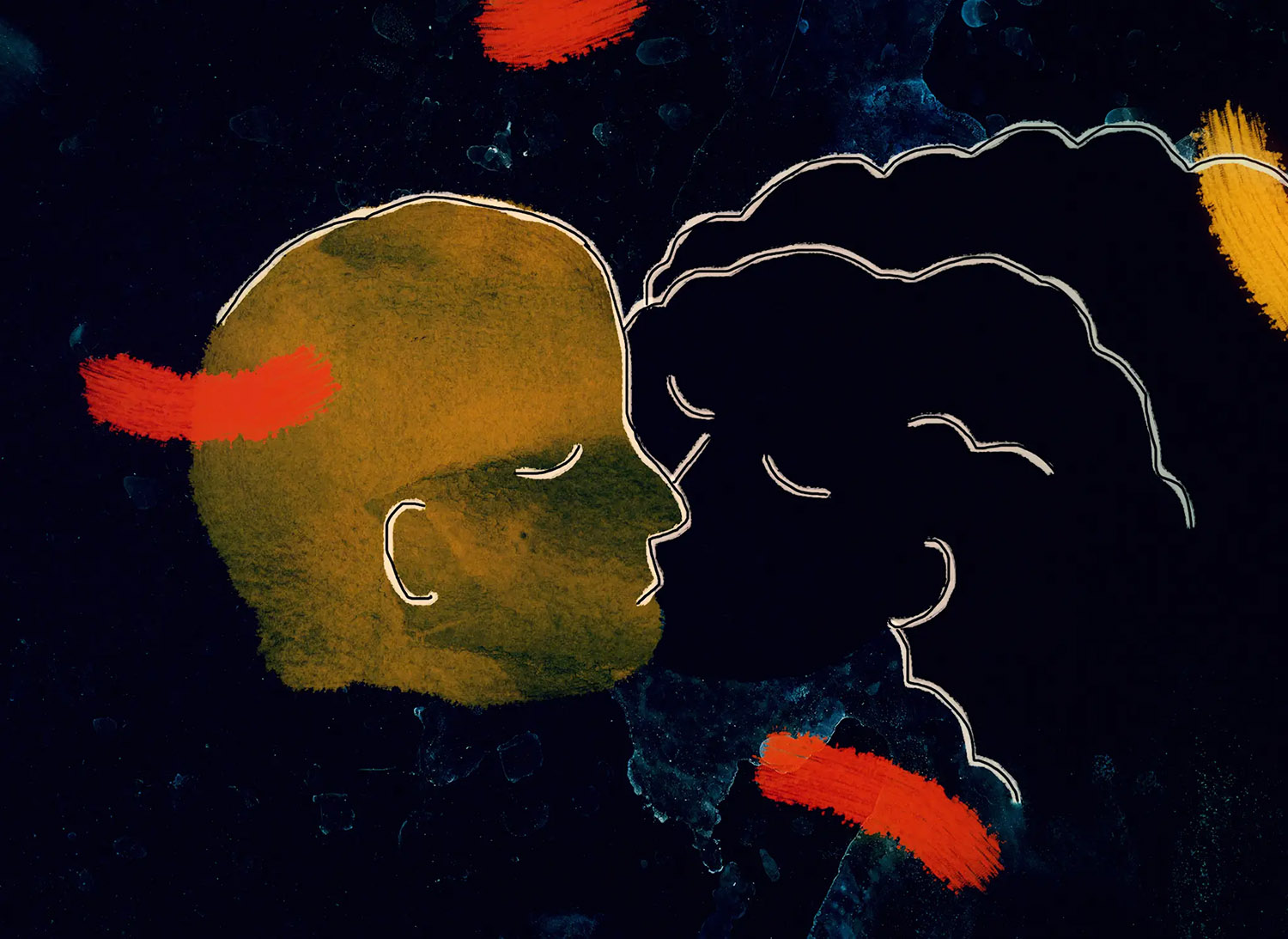
With the vision set, Espaillat needed people to execute it, but very few animators existed in the Dominican Republic. “I realized I had to become part of that evolution and I started teaching at a film school teaching animation, so most of the crew are former students of mine,” he said. “At the same time, things were changing in my country. [Marianna Vargas Gurilieva] became film commissioner for the country which helped a lot in animation because she’s a Dominican-Russian and she grew up watching Soviet animation, which gave her a bigger sense of what animation could do. Funding became possible and slowly everything came together.”
Because of the disparate nature of the Dominican industry, the people Espaillat brought on board had very different skillsets and backgrounds, making impossible the idea of a feature film with a single cohesive style. Instead, Espaillat embraced the diversity of his crew and decided to allow each animator to work in their own style.
Maintaining consistency of character across each art style would be a big challenge, but Espaillat took inspiration from Don’t Hug Me I’m Scared creators Becky Sloan and Joe Pelling. “They talked about how their characters are very iconic so you can recognize them no matter the technique, so I took that concept and I applied it to my characters,” he said. “I understood all the strengths of my animators so I put them in specific teams to make the different animation styles become the point of view of different characters. The animation was telling a lot of the subtext. Older Olivia is shown with fragmented images which explain her fragmented mind. Barbara exteriorizes her feelings and you can see that,” referencing the delocalized strands of color that pass between people as they struggle to express their true feelings.
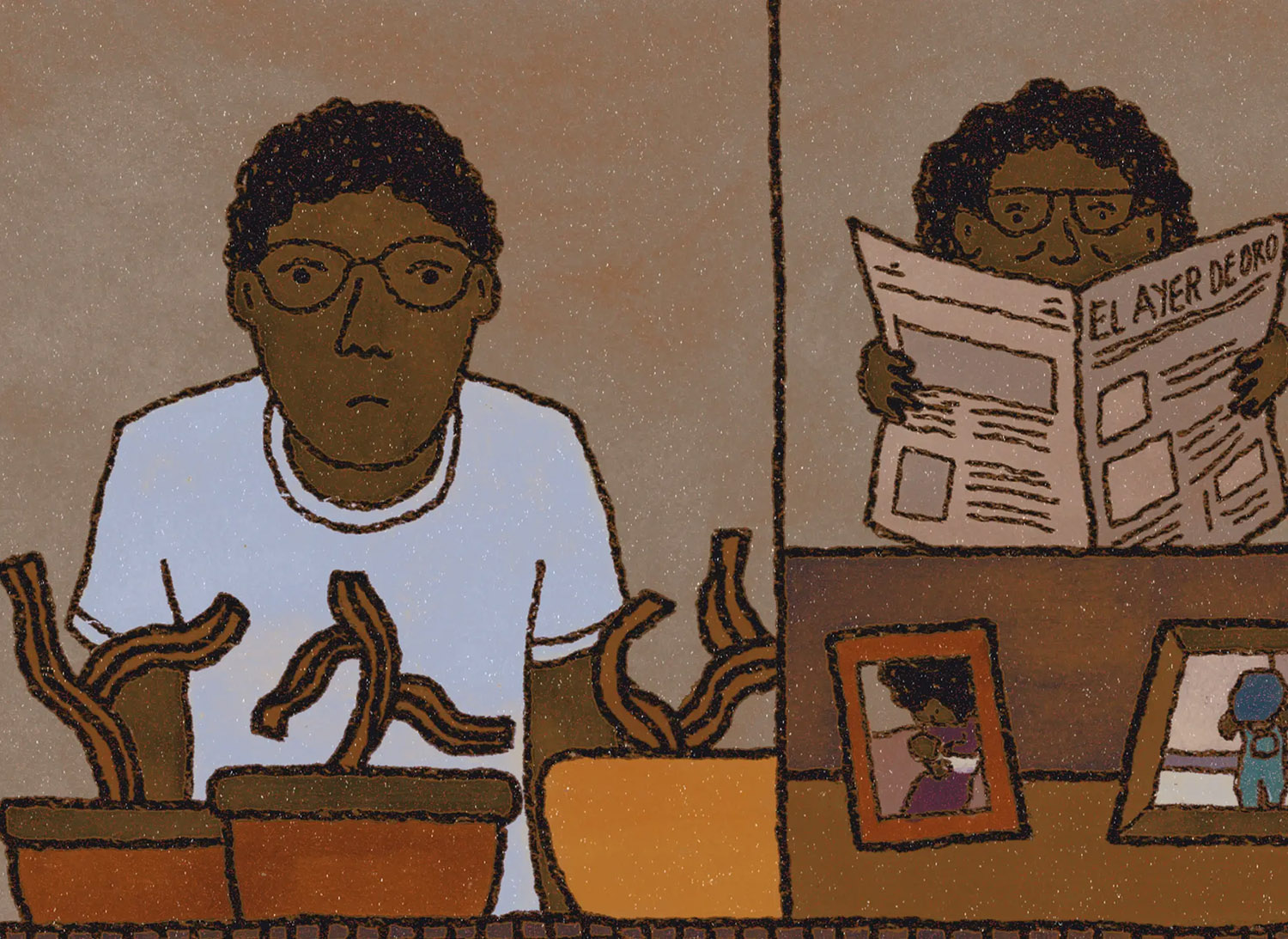
A standout scene in the movie details the courtship between Olivia and Ramón through an intoxicating and abstract dance sequence set to music that is equally nostalgic and foot-tapping. Espaillat recalled that the sequence was made with five different animators, none of whom saw what the other animators were doing. “I also told them different things about the scene,” Espaillat said. “To one of them I was saying, ‘Imagine Olivia is telling this sailor to take her to another land,’ to others I was saying, ‘Imagine she’s longing for connection,’ and I got to play around with connecting it.”
That sense of play and experimentation is key to Olivia & the Clouds’ appeal, a benefit of how Espaillat allows for spontaneity in the filmmaking process. “I like surprises and I like to go and see where these surprises take me. Normally in animation, we record voice-overs before we start animating, but I wanted to record them after just so I can play around with the freedom to change things. Sometimes I’d receive something from one of the animators and think, ‘This is really beautiful, let’s expand it.’”
One of the ways Espaillat upskilled was by directing a series of TED-Ed shorts, a process that also pushed him to experiment with his editing style, which avoids cuts and favor transitions. Another exercise he used to develop his editing style: remixing all of his short films into a single long-form project. “By doing that exercise,” he said, “I learned a lot about combining all this very different material from all these different places.”
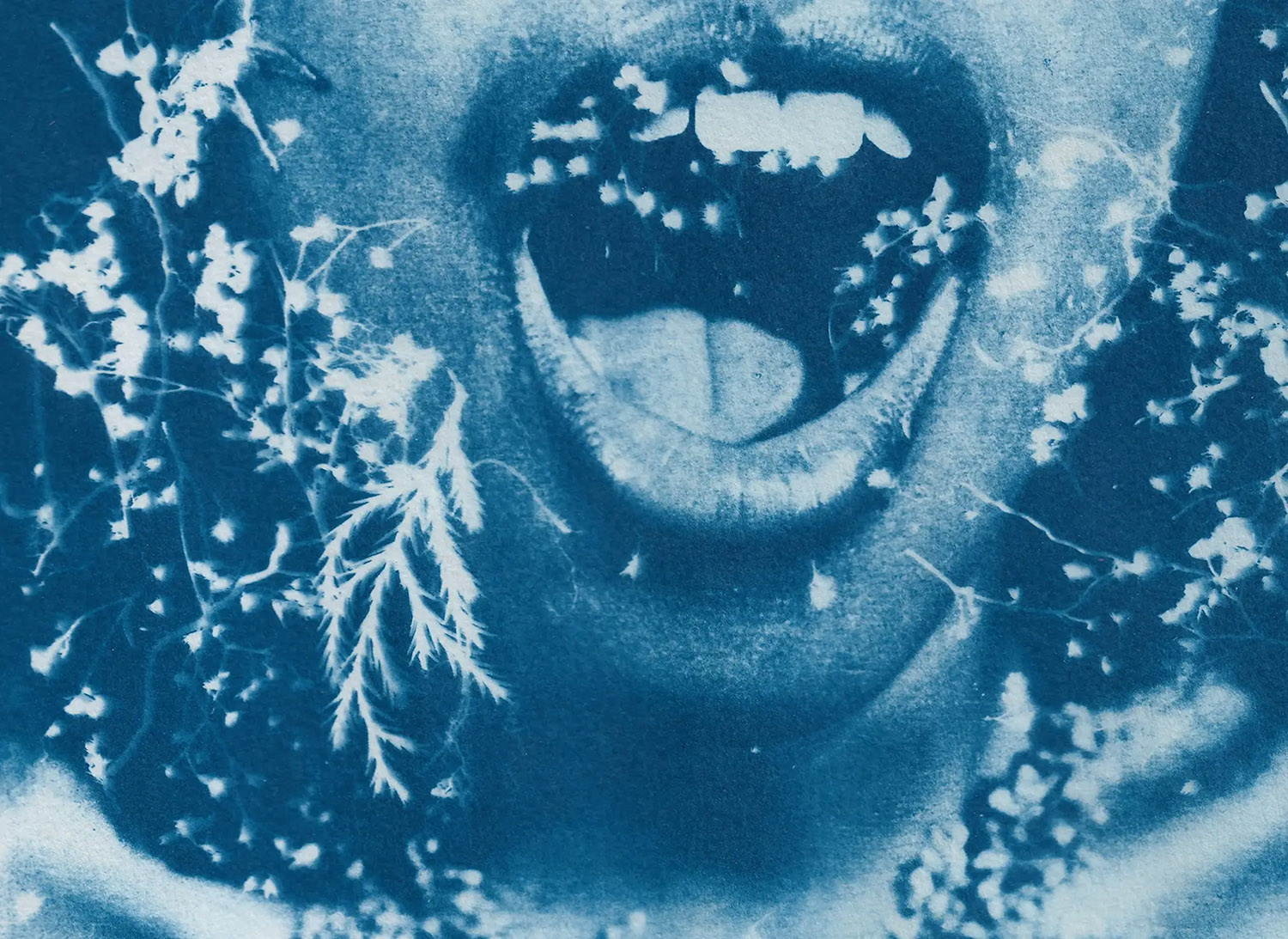
Every choice Espaillat makes is in service of the film’s emotional core, one that was inspired by Ingmar Bergman’s Scenes from a Marriage, a tv miniseries that explores how society doesn’t teach you how to express and deal with emotion. “That concept of emotional illiteracy is very true to me because I’m very shy and I have that struggle of expressing my own emotions,” he admitted. “Sometimes, instead of saying something through words, I say it through images. That’s why these characters have really strong feelings, but they don’t know how to portray it.”
A film like Olivia & the Clouds coming so close to the birth of Dominican animated feature production blows wide open the possibilities of the art form for the country. For Espaillat, the lack of industry has helped animators in the D.R. to find a unique voice. “Because me and many others were learning by ourselves, playing around with Macromedia Flash without funding, without an industry, the animations were very rough [and] there was no censorship in the sense of what they could not do for for a bigger audience,” he explained. And while influence from the big industries of the U.S. and Japan is inevitable, budding Dominican animators have homegrown proof that they need not play by the rules.


.png)